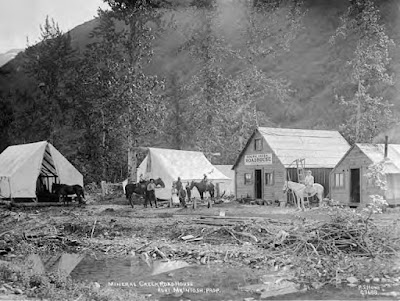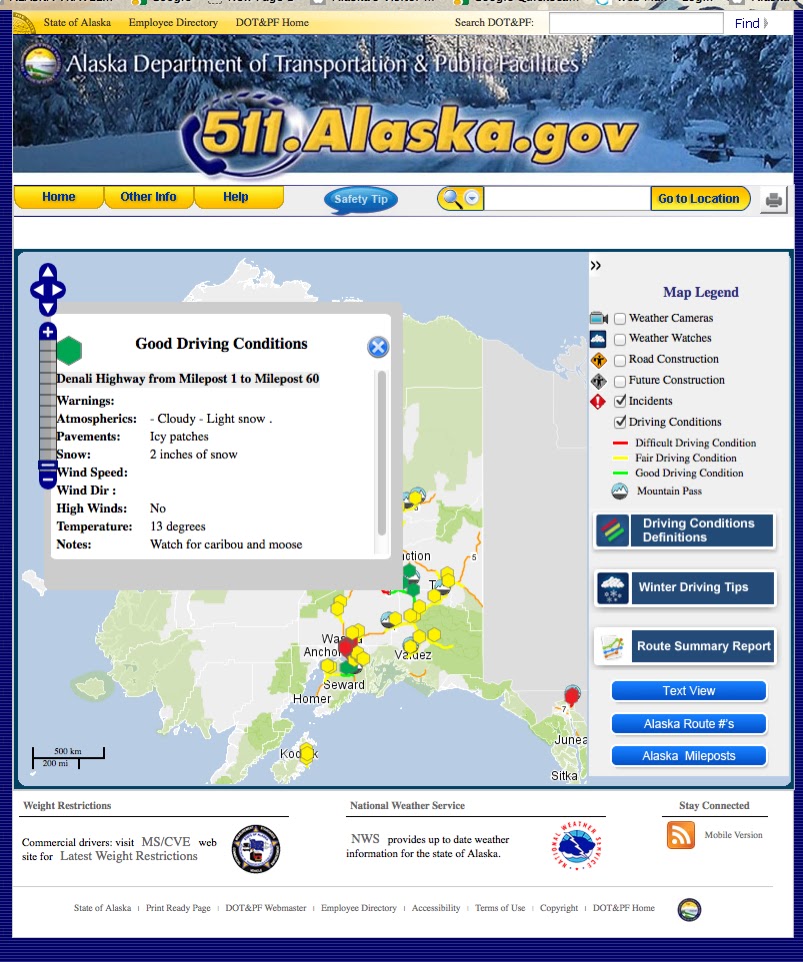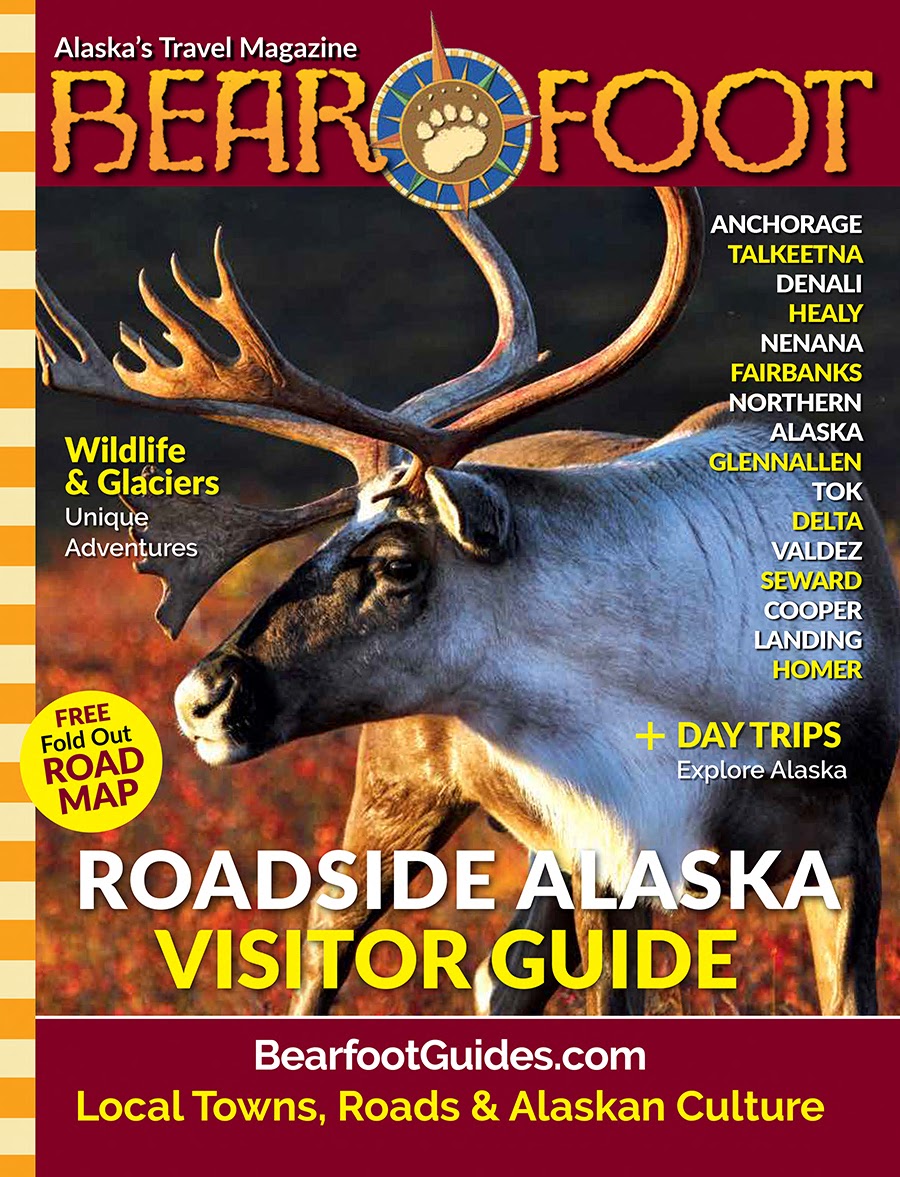"The Roadhouse Race" Goes Back To Its Rugged Roots... Tents
There's Historic Precedent In Putting Up A Wall Tent To Welcome Dog Teams At Sourdough Checkpoint, Tents Instead Of Lodges Like The Ea...
There's Historic Precedent In Putting Up A Wall Tent To Welcome Dog Teams
At Sourdough Checkpoint, Tents Instead Of Lodges
Like The Early Days On The Trails
The use of tents as a checkpoint this winter for the CB300 at the old Sourdough Roadhouse site is squarely rooted in the Copper Valley roadhouse tradition. The original Sourdough Roadhouse was a historic log building with a huge log beam, half-submerged in the ground. It burned down. Yet today, it's fitting that the Sourdough checkpoint of the Copper Basin 300 is a group of white tents. That's because the very first lodges in the Copper Valley were not log cabins. They were tents.
Adventurers looking for gold began arriving in Valdez by ship in 1898. They each hauled over a thousand pounds of flour, beans, pots, pans and, literally, the kitchen sink, across the black spruce forests into the Copper Valley. It was a thankless job.
 |
| Tent Roadhouse at Thompson Pass along what was to become the Richardson Highway. |
THE ROADHOUSE RACE
When the Copper Basin 300 Sled Dog Race had its start in 1990, many of the historic old log lodges that had offered help to travelers on the trails to Eagle and Fairbanks still existed. The beauty of the Copper Basin 300 (which was devised by modern-day local lodge keepers) was that it used those interesting and historic roadhouses of the Copper Valley as checkpoints.
The CB300 was dubbed "The Roadhouse Race." And its checkpoints were the old lodges that still lingered across the valley, defining and naming their tiny surrounding settlements.
TENT CITIES
Tents played as big a role in the story of roadhouses and general housing as log cabins did. For a long time, many of the roadhouses and commercial enterprises all around Alaska used tents.
Here's a 1906 tent roadhouse in Nome:
In the winter of 1898 in ice-clogged Valdez, after the first rickety ships full of Copper Valley "gold miners" pulled into the harbor, miners promptly built a tent city. The tents were set atop 6 feet of ice and snow.
After climbing over the glaciers for months into the Copper Valley, and then racing down the Klutina River in homemade spruce boats, arriving in Copper Center, miners built themselves another city of white tents along the Klutina River:
 |
| Copper Center: Tent City during the Alaska Gold Rush. |
Here's a tent at Mineral Creek Roadhouse, near Valdez, in 1906:
 |
| Gakona Lodge with white tent. Photo, U.S. Army |
In the early days at Ship Creek, in what is now downtown Anchorage, the first settlers there built a tent city, too. There were so many white tents that Anchorage's original name was "The White City" in 1915:
And in Palmer, during the Great Depression before the now-classic farmhouses were built by the government and inbound settlers from impoverished farm country came to Alaska looking for a better life, they, too, lived in tents:





















